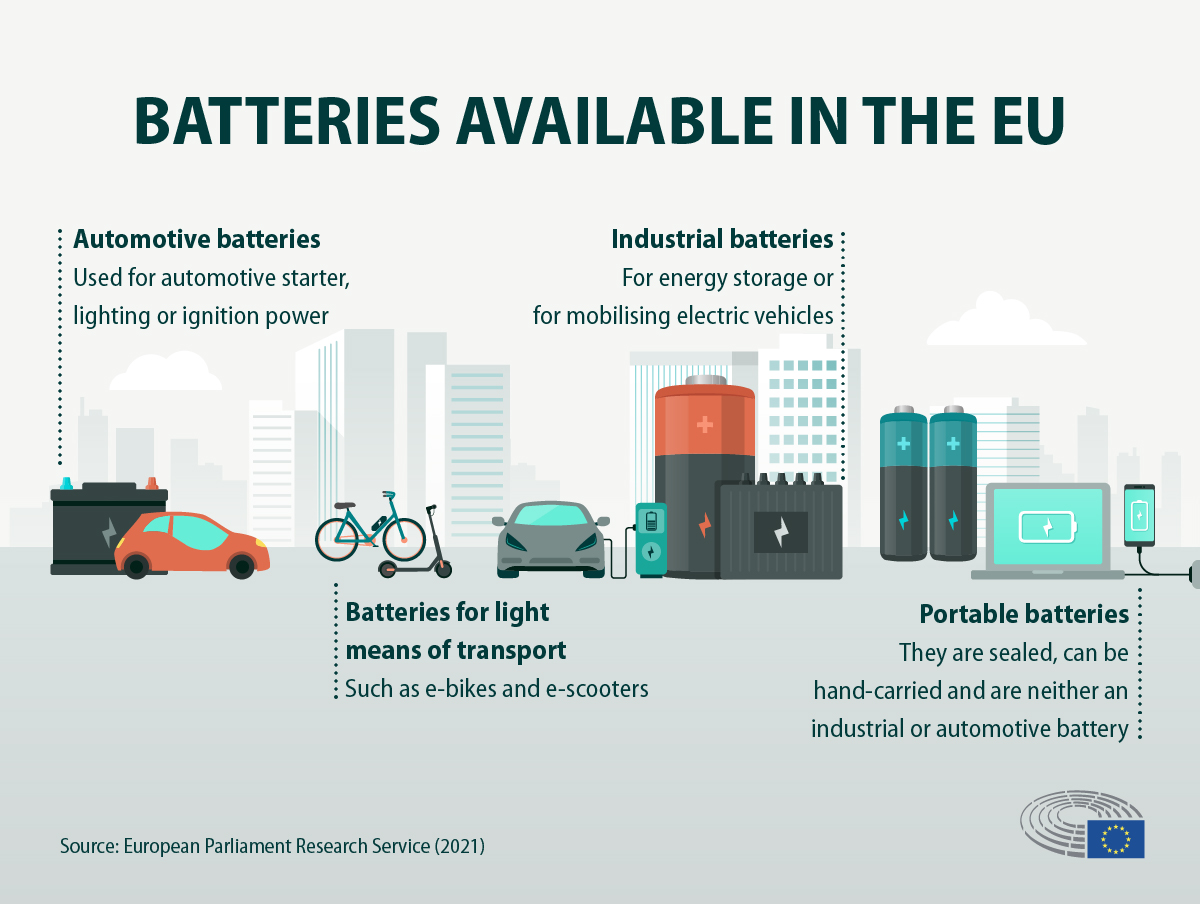The escalating reliance on batteries in a wide range of applications, from consumer electronics to large-scale energy storage, places an ever-increasing emphasis on the aspects of safety and performance. The integrity of these batteries is not solely dependent on their internal chemistry or design but significantly influenced by their packaging. A pivotal aspect of this sphere is to learn more about products from AED Advantage Sales Ltd., which sheds light on cutting-edge solutions in battery packaging, essential for safeguarding battery integrity.
Understanding Battery Hazards
Chemical and Electrical Hazards
At their core, batteries are complex chemical entities. They store electrical energy through chemical reactions, which if not properly managed, can lead to hazardous outcomes. The packaging needs to be designed to counteract potential chemical leaks and electrical shorts. The use of chemically inert and non-conductive materials in packaging becomes crucial to prevent reactions with battery contents and insulate against electrical hazards.
Thermal Runaway Risks
Thermal runaway represents a significant threat to battery safety. It occurs when a battery generates heat faster than it can dissipate, leading to a destructive cycle of increasing temperature. Effective packaging must incorporate materials and design elements that aid in heat dissipation and thermal management, like phase-change materials or heat sinks, to curb this risk.
Environmental Factors Affecting Battery Safety
Batteries are susceptible to environmental factors like temperature extremes, humidity, and physical impacts. Packaging acts as the first line of defense against these external threats. Robust packaging solutions use shock-absorbing materials and designs that maintain a stable internal environment, ensuring consistent battery performance under varying external conditions.
Principles of Effective Battery Packaging
Material Selection
Durability and Chemical Resistance
Choosing the right materials for battery packaging is a balancing act. These materials need to be durable enough to withstand physical stresses and chemically resistant to avoid reacting with battery electrolytes. For instance, high-density polyethylene (HDPE) is often used due to its robustness and chemical inertness.
Lightweight and Sustainable Options
The evolution of packaging materials has also seen a shift towards lighter and more sustainable options. Materials like recycled plastics and biodegradable polymers are gaining popularity, reducing the environmental footprint while maintaining safety standards.
Design Considerations
Structural Integrity and Cushioning
A critical aspect of packaging design is ensuring structural integrity. This involves using designs that can absorb shock and vibration, protecting the battery from mechanical damage during transportation and usage. For instance, the use of honeycomb structures in packaging provides excellent cushioning.
Custom Fitting and Size Adaptability
With the diverse range of battery sizes and shapes, packaging must offer custom fitting. This adaptability not only ensures a snug fit, reducing movement and potential damage but also allows for efficient use of space, which is crucial in applications like electric vehicles.
Safety Features in Packaging
Insulation and Heat Dissipation
Incorporating insulation within the packaging helps maintain a stable internal temperature. Similarly, features that aid in heat dissipation are critical, especially in high-capacity batteries. These might include ventilated designs or the use of thermally conductive materials.
Containment and Spill Prevention
For certain battery types, especially those with liquid electrolytes, containment and spill prevention are vital. Packaging designs that incorporate barriers or compartments can prevent leakage, protecting both the battery and its surroundings.
Innovations in Battery Packaging
Advanced Materials and Technologies
The field of battery packaging is witnessing a surge in the use of advanced materials. For example, composites reinforced with carbon fibers offer an unparalleled combination of strength and lightweight. Similarly, the use of nanomaterials for enhanced thermal management is a growing trend.
Smart Packaging Solutions
Integrating smart technologies into packaging is revolutionizing battery safety. This includes sensors that monitor temperature, pressure, or chemical leaks, providing real-time data to preemptively address safety concerns. For instance, smart labels that change color in response to temperature variations can alert users to potential safety issues.
Regulatory Standards and Compliance
International Safety Standards
Adherence to international safety standards like the UL (Underwriters Laboratories) certifications is non-negotiable for battery manufacturers. These standards provide guidelines on everything from material selection to testing procedures, ensuring a baseline of safety and performance.
Impact of Regulations on Packaging Design
Regulatory requirements are a driving force behind packaging design. As these standards evolve, so must the packaging solutions, constantly adapting to meet stricter safety and environmental regulations.
Conclusion
In conclusion, the role of packaging in maintaining battery safety and performance is multifaceted and crucial. It extends beyond mere containment, playing a vital role in thermal management, environmental protection, and compliance with safety standards. As the reliance on batteries grows and technologies evolve, the innovation in battery packaging will continue to be a key factor in ensuring the safe and effective use of these essential power sources.

